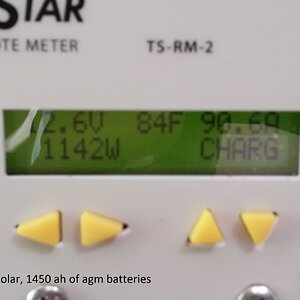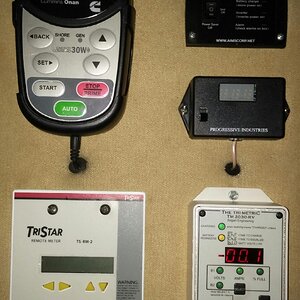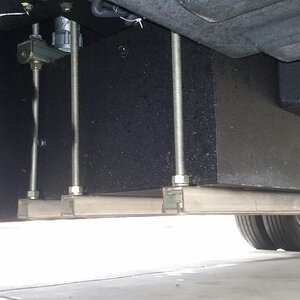Hi,
So me and my fiance live in a 2002 Sunnybrook Lite Travel Trailer its pretty worn down old, it has its leaks which we've normally been able to solve and fix. But for the life of us we can't figure out this one. I need some help with this one
So underneath the couch & outside of the couch and by the wall there has been water seeping up the floor (what I would describe, kinda of hard to) it's enough to soak up a towel. The water heater is underneath the couch, so I'm think that might be a possibility. But even if it is not sure how we would get to it since it's underneath the couch. It's enough water to cause water damage on the wood. We also have a leaky kitchen sink that sprays water when in use if that's any help.
Any ideas on how to figure this out so we can stop this leak would be wonderful. We are absolutely stumped!
So me and my fiance live in a 2002 Sunnybrook Lite Travel Trailer its pretty worn down old, it has its leaks which we've normally been able to solve and fix. But for the life of us we can't figure out this one. I need some help with this one
So underneath the couch & outside of the couch and by the wall there has been water seeping up the floor (what I would describe, kinda of hard to) it's enough to soak up a towel. The water heater is underneath the couch, so I'm think that might be a possibility. But even if it is not sure how we would get to it since it's underneath the couch. It's enough water to cause water damage on the wood. We also have a leaky kitchen sink that sprays water when in use if that's any help.
Any ideas on how to figure this out so we can stop this leak would be wonderful. We are absolutely stumped!












